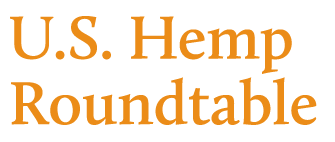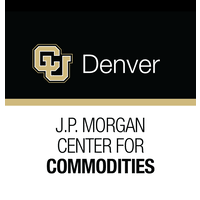Latest
Physicals, Futures, & Forwards. Know Your Nomenclature
PanXchange Blog
Futures, forwards, cash markets, spot markets, derivatives…. Let’s get the lingo right and get to some more sophisticated price risk management in @PanXchange markets!
Customs of the trade-in both PanXchange markets is to negotiate a fixed price contract regardless of how far into the future the actual delivery is. However, this is the riskiest way to price a contract for anything that doesn’t have an imminent delivery period and is also a sign of an immature market. All other commodity markets- from wheat and corn to oil and gas- trade as a premium or discount to a futures contract or a benchmark index. Some in the industry call it “unpriced” but more typically it is referred to as basis trading. This was originally intended to be the second post in a series price risk in @PanXchange markets. However, it’s important to pause and make sure we’re all speaking the same language.
Here are some other terms you should know:
- Spot Market: The market for a physical commodity for immediate or near-term delivery. This is physical deal flow such as from a farmer to a processor.
- Forward Market: The physical commodity trade from one industry stakeholder (grower, miner, etc) to another for delivery in the future.
- Cash Market/ OTC Market: A Cash Market or an Over-the-Counter (OTC) Market comprises both the Spot and Forward Markets. One uses “OTC” to distinguish the physical market from a regulated futures market such as the Intercontinental Exchange (ICE), Chicago Mercantile Exchange (CME), or others listing financial assets.
- Futures contract: A futures contract is a derivative of the physical market. A successful futures contract has specifications of the most commonly traded aspects of a commodity, including the quality, geographic delivery point(s), and unit size. Some futures contracts are monthly and but others are unique such as ICE raw sugar futures with a 75-day delivery window. Exchanges issue a series of these contracts from a few years into the future and even up to 96 months into the future for Brent Crude Oil. The front-month contract is the one with the closest delivery window from today. Trading futures contracts is federally regulated by the Commodity Futures Trading Commission (CFTC) and requires depositing a margin for a percentage of the total value to a clearing commission.
- Underlying Market: A futures contract on a regulated exchange is derived from the physicals market. Thus, the physicals market is the Over the Counter, underlying market.
- Benchmark or Index: This is a number by which an asset is measured. PanXchange’s benchmark prices track monthly values for the US industrial hemp sector and the US specialty sand market (proppants). It is used to gauge one’s performance in the market, for mark-to-market accounting, for revenue and investment decisions, and most importantly, to negotiate actual commodity transactions in the OTC market. The methodology on how we establish these prices is proprietary, but suffice to say here that we follow IOSCO guidelines.
- Futures versus Forwards: Understanding how futures contracts are derived from the cash market is key to understanding how to mitigate price risk. Futures markets have far more liquidity than OTC markets because they include financial speculators who never intend to take physical delivery of the commodity.
Now that we have the lingo down, see our recent post for an example of how to basis trade in the cash market.









